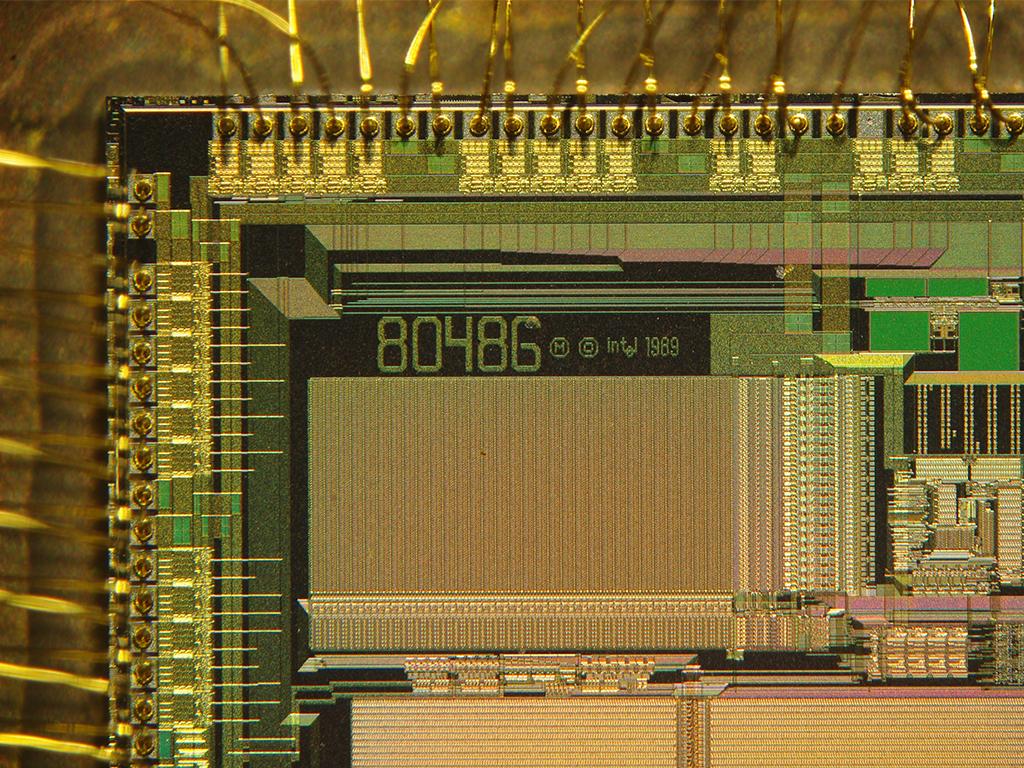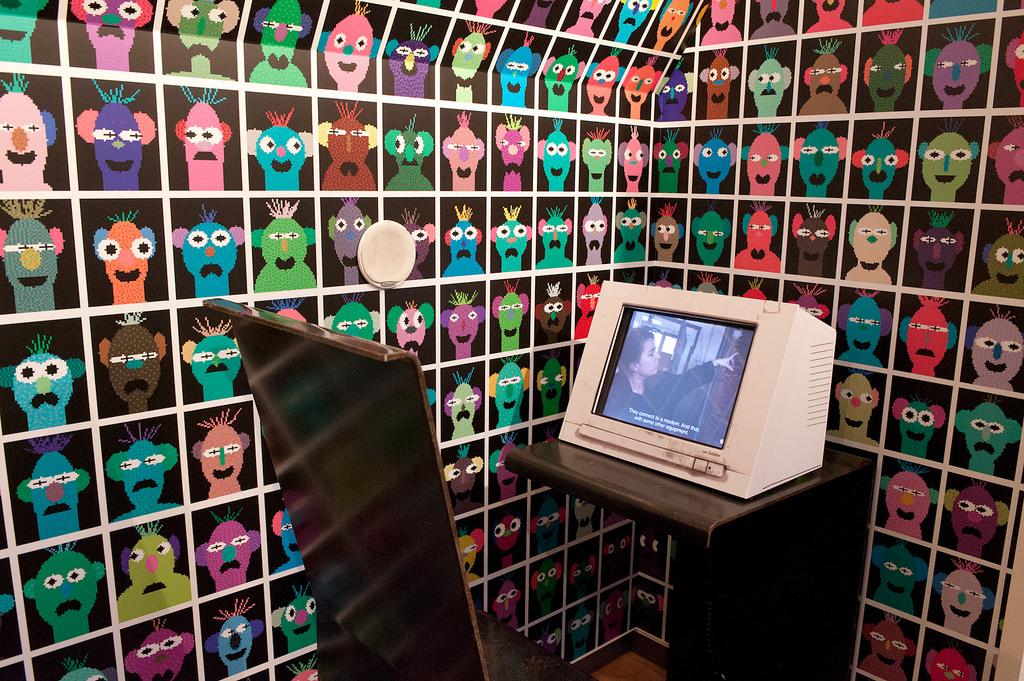We know tangible heritage. But how do we preserve and restore digital bits? And how we present this in a museum? Sign up and talk with us!
During the second episode of Hacking Heritage Labs we’ll look at the technological foundations of the Digital City. How is this piece of digital heritage programmed? What features did you think took place on the platform and interact? And how can you preserve it in a dynamic way?
We go looking for ways to preserve technological architecture in a form in which it does not lose its historical context. How to keep the stratification of a technology for the future? And how do you retain the context of these different layers of the future? In addition, we examine not only the different aspects have to be documented, but at what point do you start it. Is it possible to program sustainable?
We’ll start up the dialogue with science students and experts in the field of (digital) heritage.
Digital sources age rapidly, hidden under new codes and changed interfaces. The comparison with archaeology continues: old systems and interfaces must be "unearthed". Are we doing enough to preserve our digital lives for the future, so we lose crucial information. With the project "Digital City revives' the project teams wants to prevent this problem from happening in the future.
This year we will organize a number Hacking Heritage labs to keep everyone informed of progress and the final result of our excavations and methods of preserving and exhibiting The Digital City.
The program starts at 16:00 and finishes around 18:00 with a drink. Are you a heritage expert, journalist, former DDS-citizen or student? Sign up quickly.
This project is a collaboration between the Amsterdam Museum, the Dutch Institute for Sound and Vision, the University of Amsterdam and Waag.

